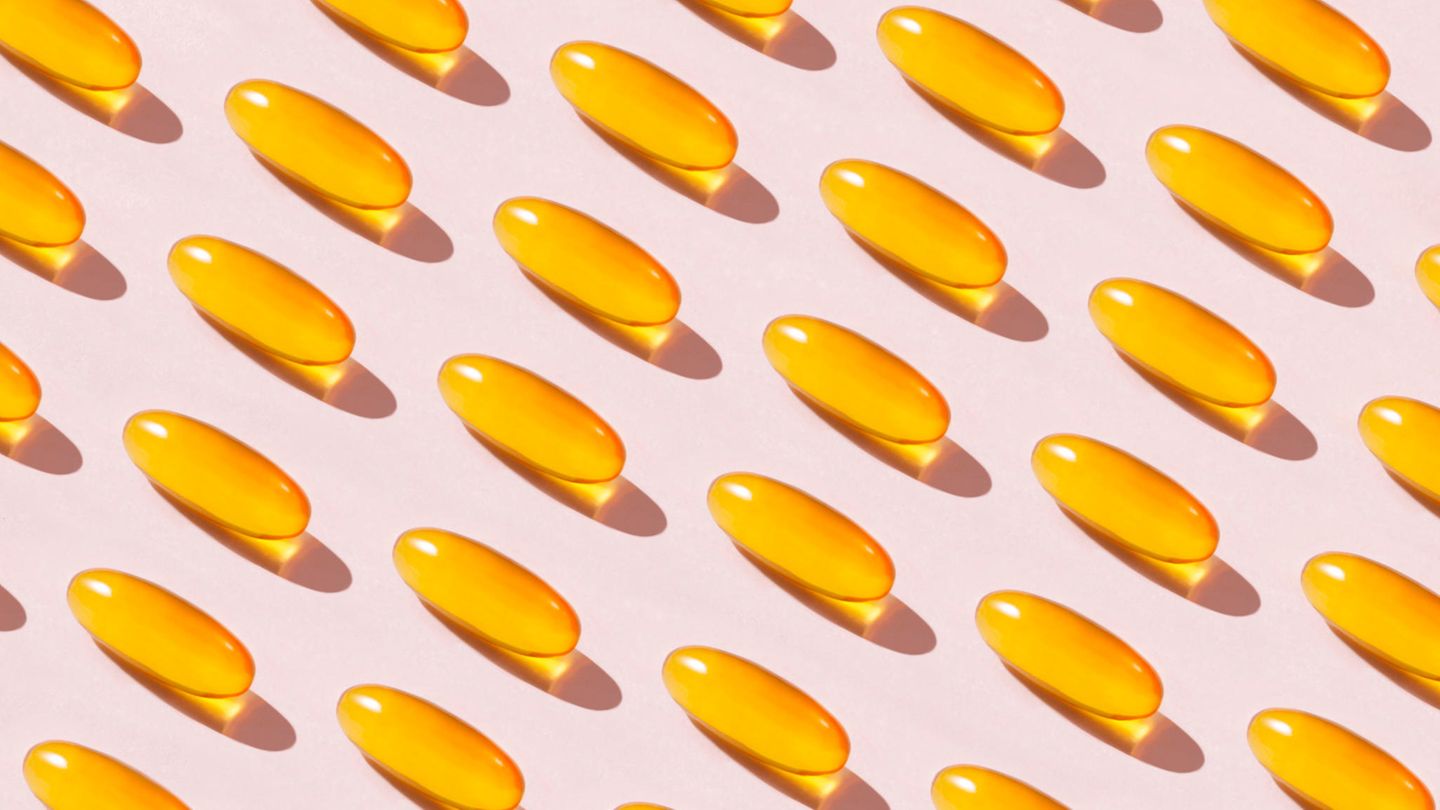I’m Caroline, a journalist and author for 24 Hours Worlds. I specialize in health-related news and stories, bringing real-world impact to readers across the globe. With my experience in journalism and writing in both print and online formats, I strive to provide reliable information that resonates with audiences from all walks of life.
Menu
Vitamin D: What’s left of the hype surrounding the dietary supplement
Categories
Most Read
Time change 2025: Why are we still turning the clock?
October 18, 2025
No Comments
Children with a cold: How many infections are normal for little ones?
October 18, 2025
No Comments
Cell Phone Regret: She grabs me and shakes me
October 17, 2025
No Comments
New column “The Feeling of the Week”. This time: cell phone regret
October 17, 2025
No Comments
Time change 2025: Expert explains in video why we are turning the clock
October 17, 2025
No Comments
Latest Posts

The Superior Court revoked the conviction of Álvaro Uribe for bribery and procedural fraud
October 22, 2025
No Comments
October 22, 2025 – 00:07 The ruling annulled the twelve-year prison sentence against the former Colombian president and questioned the assessment of evidence in the

Gaza Accords: Bodies of hostages handed over by Hamas identified
October 22, 2025
No Comments
IvanI have been working in the news industry for over 6 years, first as a reporter and now as an editor. I have covered politics

Survey: Many people buy Advent calendars for themselves
October 22, 2025
No Comments
Opinion poll Many people buy Advent calendars for themselves Copy the current link Add to watchlist Not just for children: the anticipation of Christmas is
24 Hours Worlds is a comprehensive source of instant world current affairs, offering up-to-the-minute coverage of breaking news and events from around the globe. With a team of experienced journalists and experts on hand 24/7.

